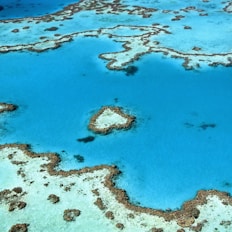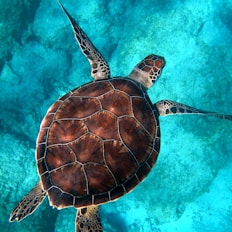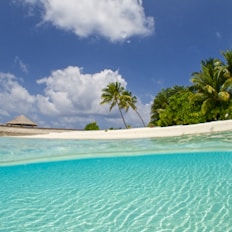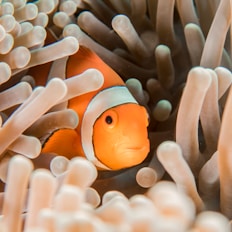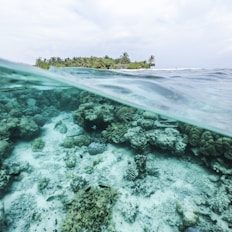The Difference Between The Great Barrier Reef and The Whitsundays Fringing Reef Systems
Whitsunday Blue | Experienced Charter Advisors have answered your big questions regarding the difference between The Great Barrier Reef and The Whitsundays' Fringing Reef Systems
Whitsunday Blue | Experienced Charter Advisors
3/11/20232 min read
The Whitsundays fringing reef and The Great Barrier Reef are two of Australia's most popular tourist destinations, both of which offer stunning natural beauty and a diverse array of marine life. While both reefs are located in the same region of the world and share many similarities, there are also significant differences between them.


Location and Size:
The Great Barrier Reef is the largest coral reef system in the world, stretching over 2,300 km along the northeastern coast of Australia. It is composed of over 2,900 individual reefs and 900 islands, making it one of the most extensive and diverse ecosystems on the planet.
The Whitsundays fringing reef, on the other hand, is a smaller coral reef system located in the Whitsunday Islands, approximately 1,200 km north of the Great Barrier Reef. The Whitsunday Islands are a group of 74 islands in the heart of the Great Barrier Reef Marine Park and are known for their pristine beaches, crystal clear waters, and diverse marine life.
Structure and Formation:
The Great Barrier Reef is a complex system of coral reefs, coral cays, and islands, which have formed over millions of years. The reef is made up of billions of tiny coral polyps that have built up layers of calcium carbonate, creating vast formations that support a wide variety of marine life.
In contrast, The Whitsundays fringing reef is a coral reef that grows directly from the shore of the islands, forming a narrow band around the coastline. This type of reef is typically found in shallow waters and is characterized by a steep slope that drops off into deeper water.
Marine Life:
Both The Great Barrier Reef and The Whitsundays fringing reef are home to an incredible array of marine life, including over 1,500 species of fish, hundreds of types of coral, and a wide variety of sea turtles, sharks, and rays.
However, the Great Barrier Reef is known for its unparalleled biodiversity, with over 600 different types of coral and thousands of species of marine animals. It is also home to some of the world's largest populations of dugongs, a large marine mammal related to the manatee.
In comparison, the Whitsundays fringing reef has a slightly lower diversity of marine life but is still home to a vast array of colorful corals and tropical fish. It is also a popular destination for whale watching, with humpback whales often spotted in the area during their annual migration.
Tourism:
Both The Great Barrier Reef and The Whitsundays fringing reef are popular tourist destinations, attracting millions of visitors each year. Visitors can explore the reefs through snorkeling and diving tours, which allow them to experience the incredible marine life up close.
However, The Great Barrier Reef is a much larger and more accessible destination, with numerous departure points and a wide range of tour options available. The Whitsundays, on the other hand, are more remote and less developed, making it a popular destination for those seeking a quieter and more secluded experience.
In conclusion, while both The Great Barrier Reef and The Whitsundays fringing reef offer stunning natural beauty and a diverse array of marine life, they are two distinct ecosystems with unique characteristics. The Great Barrier Reef is the larger and more diverse of the two, while the Whitsundays fringing reef offers a more secluded and intimate experience. Whether you're a seasoned scuba diver or a first-time snorkeler, both reefs offer an unforgettable adventure that will leave you in awe of the wonders of the natural world.

